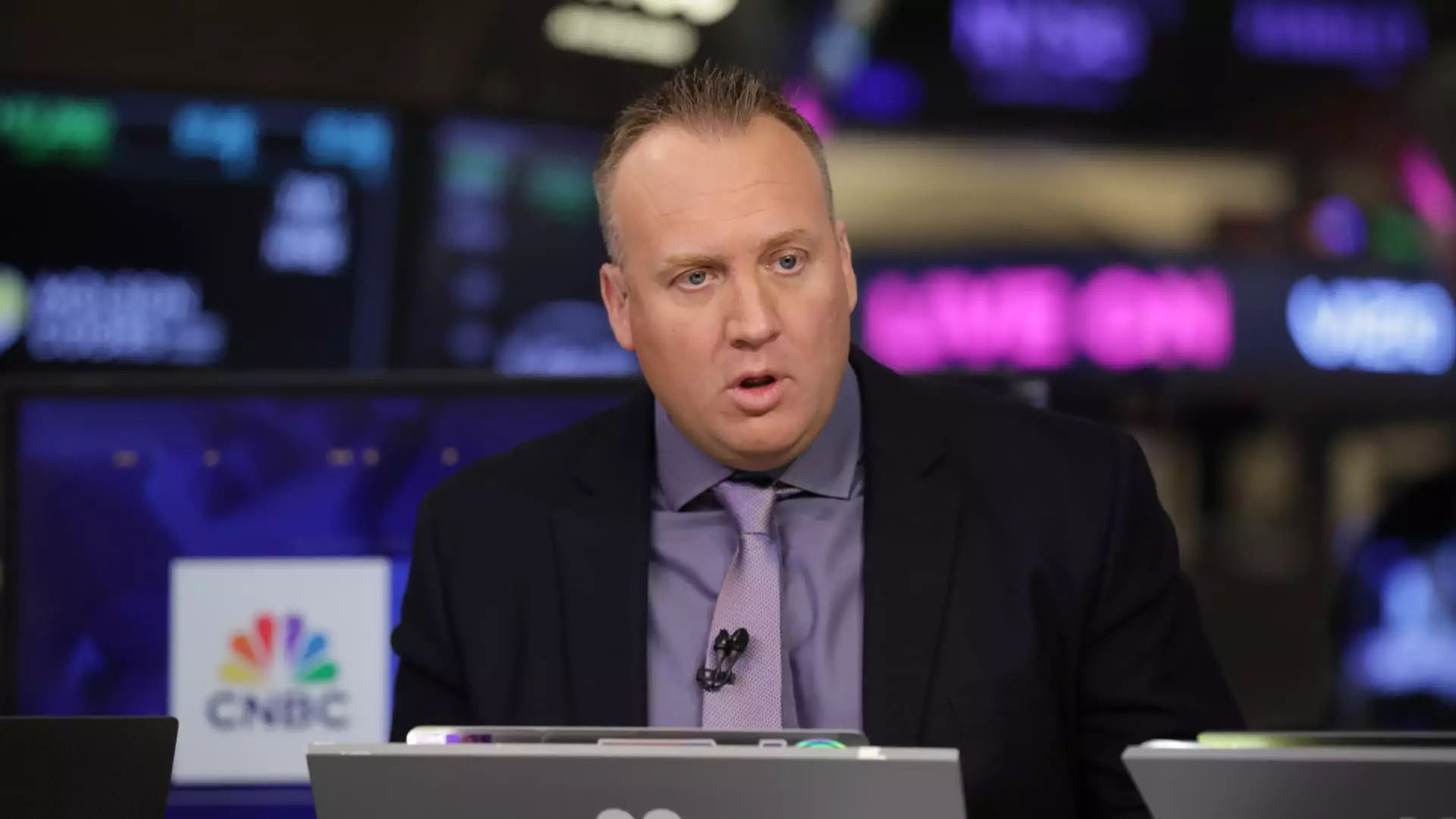In the age of revolutionary technology, autonomous driving stands out as one of the most promising advancements. Families will no longer have to worry about finding a designated driver after a night out or a long commute to work. Above all, it eliminates one of the most burdensome costs in ride-hailing: the human driver. Josh Brown, the CEO of Ritholtz Wealth Management, recently expressed strong confidence in Uber, making it his largest personal investment due to its strategic positioning in the autonomous driving landscape. As robotics and artificial intelligence continue to evolve, the transition toward an industry dominated by robotaxis seems inevitable.
Riding the Profit Wave
Uber is aligned with the growing ecosystem of autonomous vehicle technology, collaborating with significant players like Tesla and Waymo to secure its market position. Brown emphasized that the company stands to gain financially as autonomous vehicles proliferate. Rather than acting as a competitor, Brown suggests that Uber will partner with various robotaxi innovators to drive revenue growth. Given that human drivers are often the largest expense for ride-hailing companies, the removal of that cost centers Uber’s strategy firmly at the intersection of technology and finance.
Accompanying this optimism is the recent surge in Uber’s stock price, which showcased a remarkable 52% gain this year alone. After Waymo expanded its offerings to Atlanta and the news of Tesla’s limited rollout of autonomous robotaxis, investors are showing tangible enthusiasm for the company. Brown’s bold stance reflects a growing understanding among market participants—a sentiment that often leads to profitable trading opportunities.
Consumer Experience and Market Perception
The excitement surrounding Uber’s partnership with Waymo in Atlanta is palpable. Brown astutely noted that giving consumers the chance to ride in an autonomous vehicle will significantly enhance their experience. The notion of an AI-driven vehicle transporting riders is not only thrilling but could also improve accessibility for those who need it most. This is where Uber is likely to resonate: merging novelty with necessity. As consumers begin to embrace this change, the skepticism around the app-based ride-hailing experience is likely to diminish, leading to increased usage and, in turn, profitability.
The positive market perception fueled by these advancements shouldn’t be underestimated. When a stock experiences significant upward movement, as seen with Uber’s recent surge, it attracts attention and often results in even more buying activity from investors and analysts alike, creating a self-reinforcing cycle. The prevailing belief that Uber’s value is yet to fully reflect its potential underscores the current market dynamics and the immense room for growth.
The Competition Landscape
While Uber is making strides, it is essential to recognize the competitive landscape. Companies like Waymo, Tesla, and other international competitors such as Baidu and their autonomous Apollo Go service are vying for dominance in this burgeoning sector. It’s imperative that Uber leverages not only its operational expertise but also the experience it has cultivated from partnering with different technology leaders. The key to survival in this environment will be innovation and collaboration rather than merely competing for dominance.
Investors must remain vigilant, keeping an eye on technological advancements and regulatory developments. While the transformation of transportation is undeniably positive, the rat race to conquer this space has just begun, and pitfalls may loom as competitors aim to stake their claims in this lucrative industry.
The Investment Outlook
Josh Brown’s conviction in Uber isn’t just a passing trend; it embodies a serious belief in the company’s transformative potential as we move further into the era of autonomous driving. Brown’s assertion that the stock should surpass $100 is indicative of his long-term view; he sees no compelling reason to cash out. It’s a rare level of confidence for an investor to maintain, especially in a landscape marked by rapid change. With even more developments on the horizon, Uber represents an intriguing gamble for investors who can stomach the risks associated with volatile markets and ever-evolving technologies.
In essence, the future looks promising for Uber, provided that the company can harness this technological wave while navigating the competitive waters ahead. The convergence of operational efficiency and cutting-edge technology is likely to propel Uber into a strong position in an ever-advancing mobility industry.


Leave a Reply